Pollinators Wildflower Mix Guide
Our Pollinators Wildflower Mix is a specialty blend of 16 vibrant, pollinator-friendly flowers chosen to attract hummingbirds, butterflies, and bees while filling your space with color from spring through fall. This mix includes a variety of annuals and perennials, ensuring both quick first-year blooms and long-term beauty in your garden.
Whether you’re planting in a backyard bed, along a fence line, or in a wildflower meadow, this mix creates a thriving habitat for pollinators and a stunning seasonal display.
What Flowers Are in the Mix?
This mix includes a diverse selection of species that bloom in succession for months of color and pollinator activity. Your garden will feature:
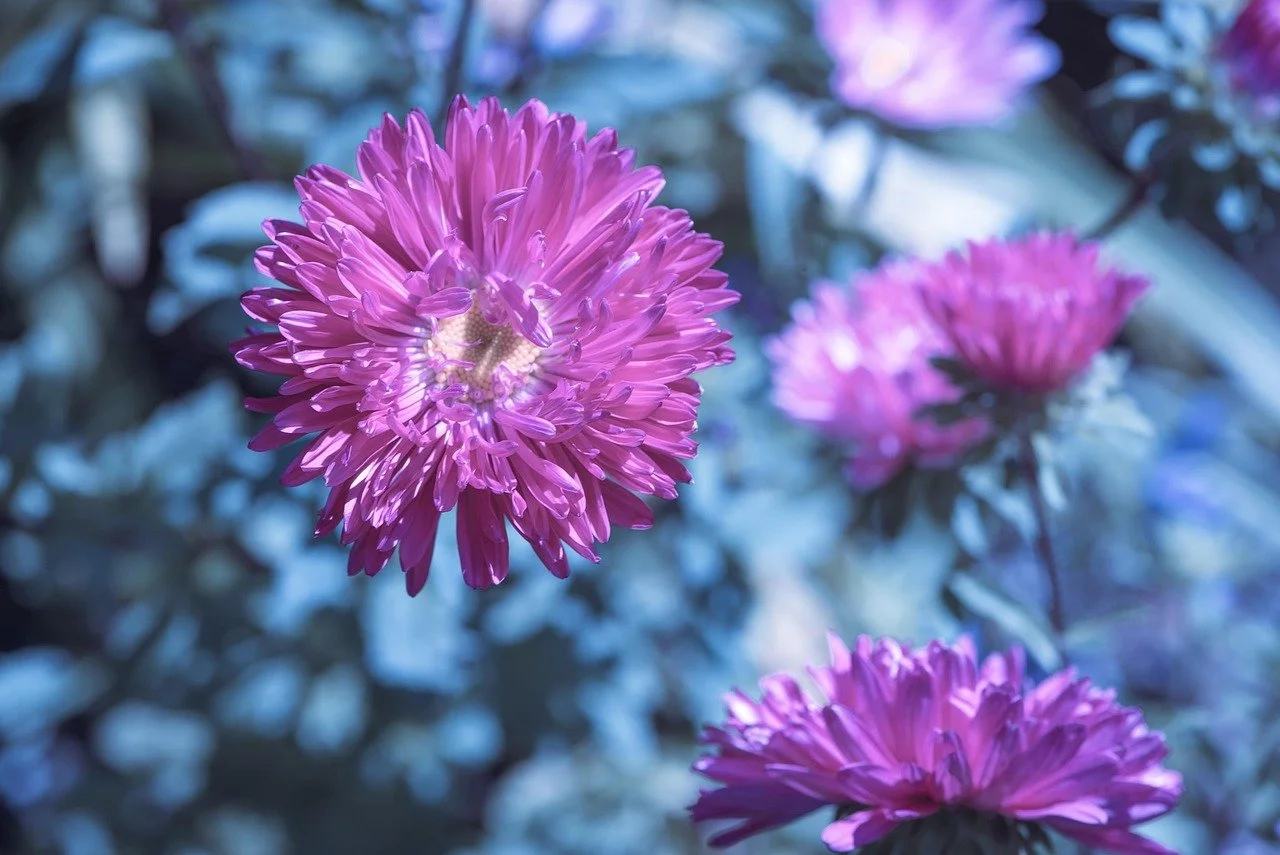
China Aster
Life Cycle: Annual
Color: Mixed
Height: 36"
Bloom: Summer, Fall
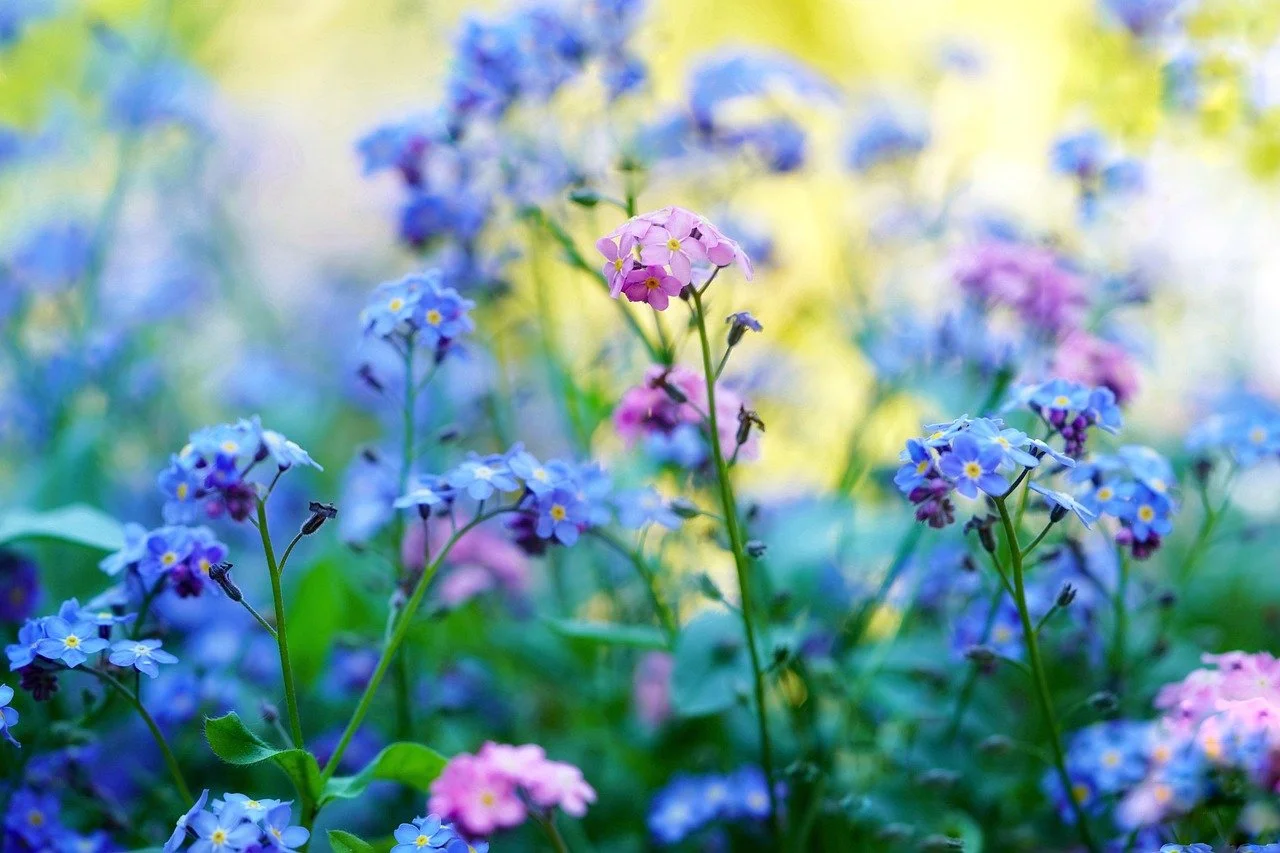
Chinese Forget-Me-Not
Life Cycle: Annual
Color: Blue
Height: 24”
Bloom: Spring, Summer
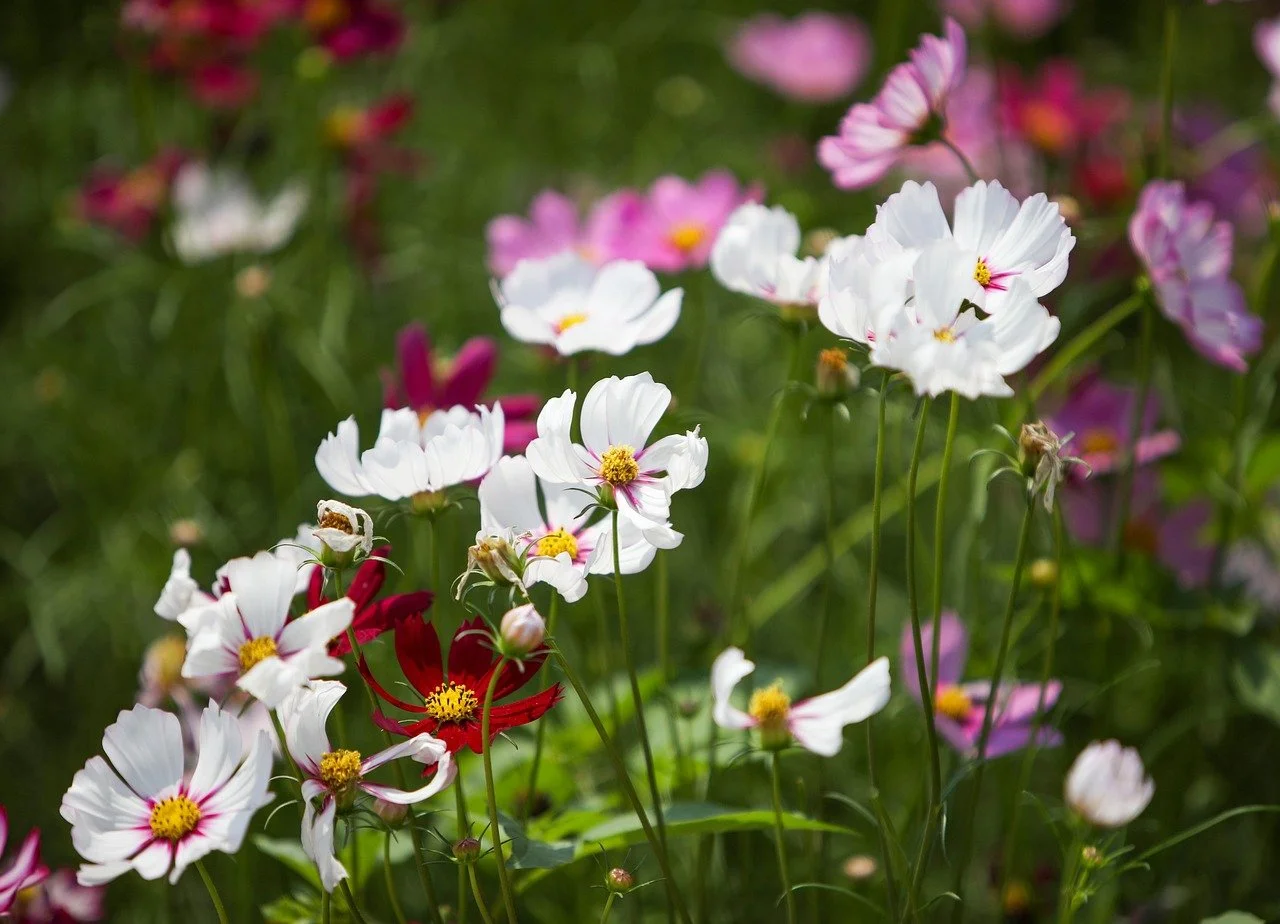
Wild Cosmos
Life Cycle: Annual
Color: Red, White, Pink
Height: 47"
Bloom: Summer, Fall

Rocket Larkspur
Life Cycle: Annual
Color: White, Pink, Blue
Height: 36”
Bloom: Summer
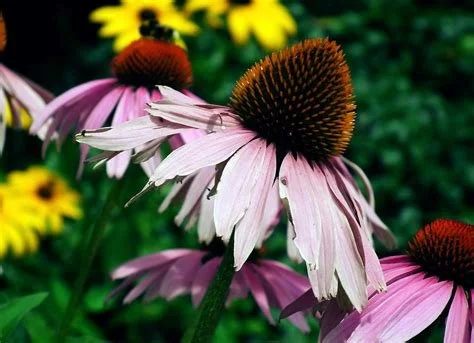
Purple Coneflower
Life Cycle: Perennial
Color: Purple
Height: 36"
Bloom: Summer, Fall
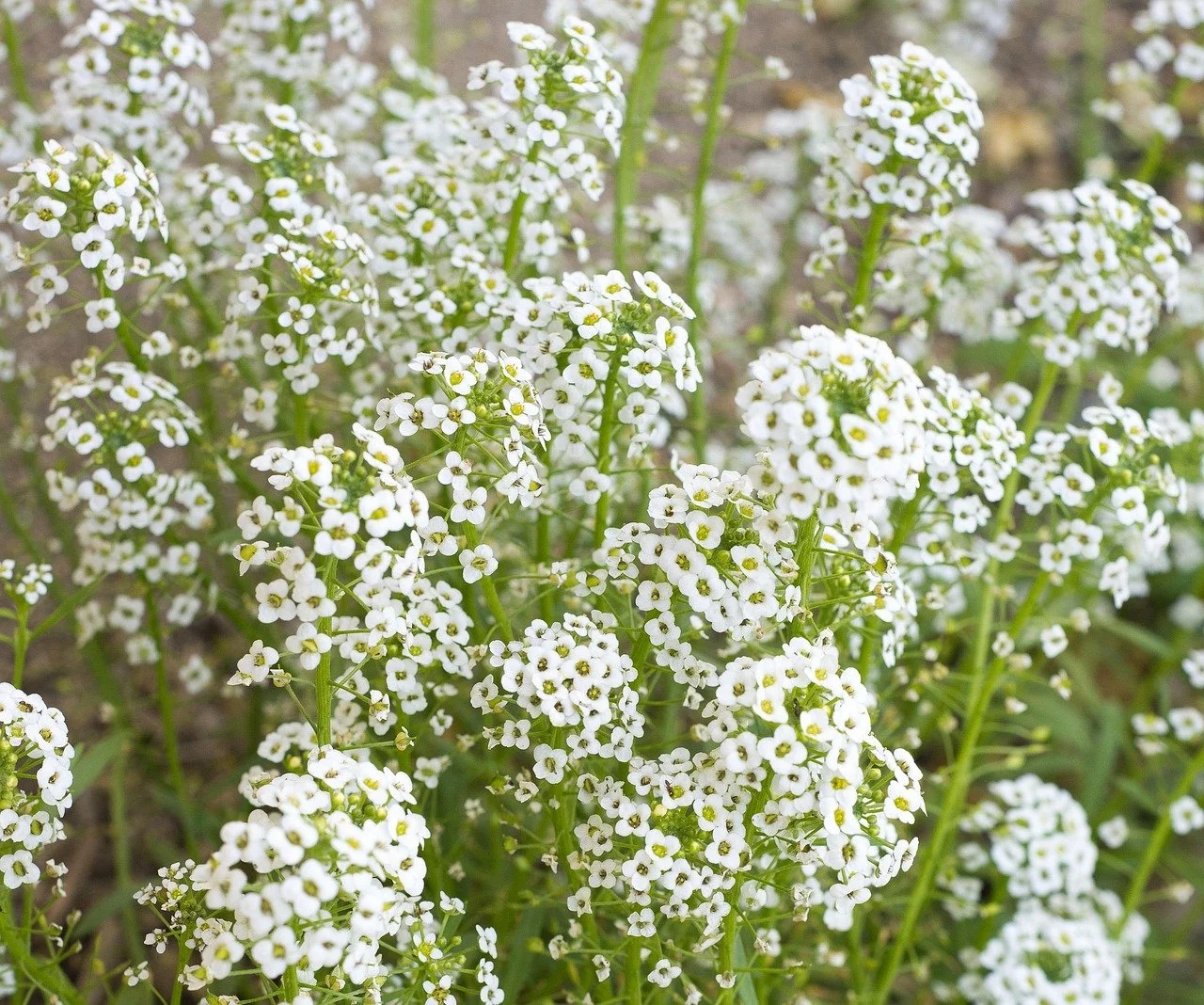
Baby's Breath
Life Cycle: Annual
Color: White
Height: 28”
Bloom: Spring, Summer

Rose Mallow
Life Cycle: Annual
Color: Mixed
Height: 47”
Bloom: Summer, Fall

Baby Snapdragon
Life Cycle: Annual
Color: Mixed
Height: 20”
Bloom: Spring, Summer

Arroyo Lupine
Life Cycle: Annual
Color: Blue
Height: 48”
Bloom: Spring, Summer

Lemon Mint
Life Cycle: Annual
Color: Pink, Purple
Height: 31”
Bloom: Summer

Red Poppy
Life Cycle: Annual
Color: Red
Height: 36”
Bloom: Spring, Summer

Black-eyed Susan
Life Cycle: Perennial
Color: Yellow, Orange
Height: 30”
Bloom: Summer, Fall

Scarlet Sage
Life Cycle: Perennial
Color: Red
Height: 24”
Bloom: Summer, Fall

Catchfly
Life Cycle: Annual
Color: Pink
Height: 36”
Bloom: Summer

Crimson Clover
Life Cycle: Annual
Color: Red
Height: 30”
Bloom: Summer

Nasturtium
Life Cycle: Annual
Color: Mixed
Height: 18”
Bloom: Summer, Fall
Where Does This Mix Thrive?
The Pollinators Wildflower Mix is designed to grow in nearly all U.S. regions, including:
Full sun locations (at least 6–8 hours of sunlight per day)
Well-drained soils – sandy, loamy, or average garden soils work best
USDA Zones 1–10, with adaptable species that thrive in both very cold climates (Zones 1–2, with a short frost-free growing season) and warm southern zones.
For cooler regions (Zones 1–5), sow in spring or early summer once the soil can be worked.
In warmer climates (Zones 7–10), fall planting may also be successful.
Why Plant This Mix?
Continuous Color: Blooms from spring through frost
Pollinator Magnet: Attracts butterflies, hummingbirds, and bees
Low Maintenance: Drought-tolerant, reseeding annuals and hardy perennials
Eco-Friendly: Supports local pollinator populations and biodiversity
Safe for Pollinators: Made with Non-GMO, Neonicotinoid-Free seeds to ensure a healthy environment for beneficial insects
Coverage & Density
The amount of seed you use—and how you spread it—will determine the look and performance of your pollinator garden.
Recommended Coverage
5 g Sprinkle Packet – covers approximately 25 sq. ft. (ideal for containers, borders, or small patches)
25 g Garden Packet – covers approximately 125 sq. ft. (perfect for larger beds or pollinator gardens)
Density Options
You can customize your planting density depending on the look you want:
Lush Flower Bed (High Density)
Sow seeds closer together to create a dense carpet of blooms.
Produces a dramatic, full floral display quickly.
Requires more seed per square foot and early thinning to prevent overcrowding.
Natural Meadow Look (Medium Density)
Scatter seeds lightly to mimic a natural wildflower meadow.
Allows plants to branch out and reseed for future seasons.
Ideal for larger spaces where you want a flowing, informal look.
Blended with Existing Plants (Low Density)
Use a lighter sowing rate to fill gaps among shrubs or perennials.
Creates a softer, integrated appearance without overwhelming other plants.
Factors That Affect Coverage
Soil Condition – Loosen compacted soils to improve germination.
Climate – Dry/hot regions may benefit from slightly higher seeding rates.
Wildlife – Birds and small animals may consume some seed; sow a bit extra if needed.
How to Plant for Success
1. Choose & Prepare Your Site
Pick a sunny location with at least 6 hours of direct sunlight.
Remove weeds, grass, and debris.
Loosen the top 1–2 inches of soil with a rake or garden fork.
Do not fertilize—wildflowers thrive in average soils.
2. Sow Your Seeds
Mix your wildflower seeds with a carrier to help distribute them evenly:
Use a 10:1 ratio of washed, fine horticultural sand (e.g., Hoffman Horticultural Sand) or
Organic, chemical-free vermiculite (e.g., Espoma Organic Vermiculite)
Scatter the mixture evenly over the prepared soil, then lightly press seeds into the surface without burying them.
Avoid covering with heavy soil or mulch—these flowers need light to germinate.
3. Watering & Germination
After sowing: Water gently but thoroughly to settle seeds into the soil.
During germination (first 4–6 weeks): Keep the top 1 inch of soil consistently moist. Water lightly once a day or as needed so it never fully dries out.
After seedlings establish (4–6 weeks onward): Gradually reduce watering to 1–2 deep soakings per week, depending on rainfall. Wildflowers prefer to dry slightly between waterings and are drought-tolerant once mature.
4. Growing & Maintenance
Taking a few simple steps during the growing season will help your pollinator garden thrive year after year.
Thin Seedlings for Stronger Plants
Once seedlings are 2–3 inches tall, check for overcrowding.
If plants are too close together (less than 4–6 inches apart, depending on species), thin them gently by snipping weaker seedlings at the base rather than pulling them, which can disturb roots.
Proper spacing allows airflow, reduces disease, and helps each plant grow to its full potential.
Weed Early and Often
Wildflower seedlings can be outcompeted by aggressive weeds.
During the first 6–8 weeks, hand-pull weeds to give your flowers a head start.
Once wildflowers establish, their dense foliage will naturally suppress many weeds.
Support Blooming and Reseeding
Most species in this mix require no fertilizer or special care—they thrive in average soil.
For a neater appearance, you may deadhead (i.e. remove spent blooms) on annual species to encourage additional flowering.
Alternatively, allow some flowers to go to seed at the end of the season. Seeds will fall, overwinter, and germinate naturally for blooms the following year.
End-of-Season Care
In fall, leave seed heads on plants as a food source for birds and allow natural reseeding.
Cut back dried stalks in late winter or early spring to make way for new growth.
Avoid heavy mulching—wildflowers reseed best when seeds have direct soil contact.
Thriving With Your Pollinator Garden
Planting the Pollinators Wildflower Mix is more than scattering seeds—it’s the start of a living ecosystem that rewards you and supports nature.
Quick Tips for Success
Sow in spring (after frost) or late fall (for natural cold stratification).
Avoid heavy mulch—seedlings need sunlight to emerge.
Stagger plantings for an extended bloom period.
Allow perennials to establish for multi-year displays.
A Garden That Gives Back
For You: Enjoy a vibrant, ever-changing display of colors from spring to frost—a peaceful retreat that invites life into your space.
For Pollinators: Provide a steady source of nectar and pollen to sustain bees, butterflies, and hummingbirds.
For the Environment: Restore habitat, encourage biodiversity, and improve pollination for nearby plants.
With minimal effort, your garden will evolve into a vibrant pollinator sanctuary. Each bloom contributes to the cycle—attracting beneficial insects, reseeding naturally, and filling your space with color and life year after year.

